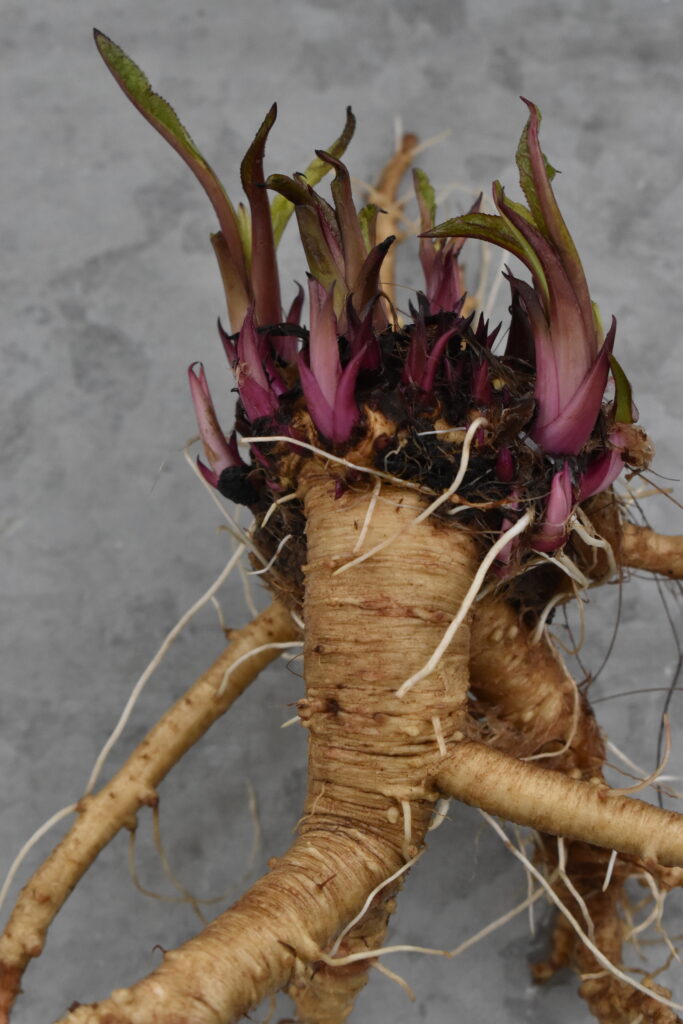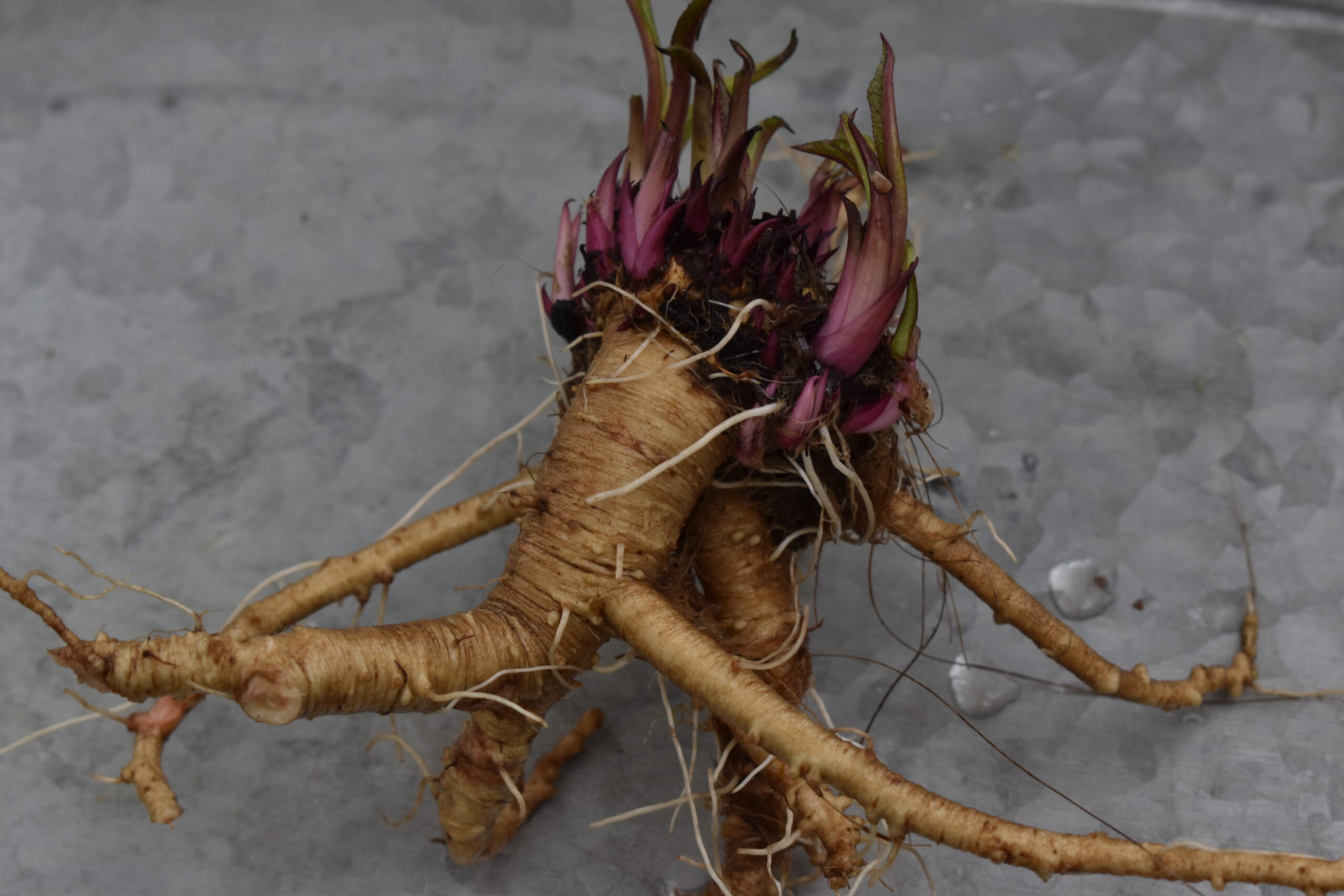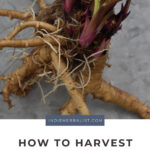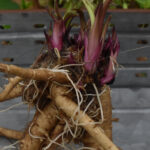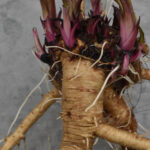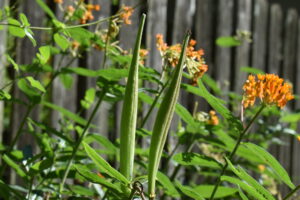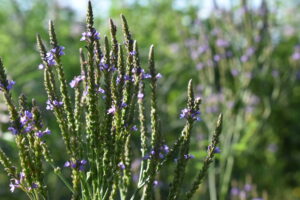Links contained in this post and elsewhere on my website may include affiliate links. When you make a purchase through these links, I earn a commission at no additional cost to you. I only link to products and services that I love - and that I think you will love, too!
Every herb has a different timeline for harvest, and harvesting elecampane (Inula helenium) is no different. Here’s what I’ve learned about timing for roots that are the best quality. I currently have pictures for this blog post from elecampane roots I was dividing and replanting in the spring. This isn’t the time of year to harvest for herbal use, but it still gives you a good idea of what the roots look like!
Know the harvest window for your garden
Elecampane roots should be harvested in the fall. This works with the plant’s natural life cycle. As a perennial herb, elecampane roots get bigger in the fall so that the plant has an energy source while it overwinters. The spicy, aromatic compounds in elecampane are also highest this time of year.
Ideally, you will want to harvest around the time of the first frost. The ground needs to be soft enough to dig, and the roots will be at peak health. For us in zone 7, the first part of October is a good time to harvest herbal roots. Our first hard freeze is usually around the last week of October or the first week of November.
Age matters when harvesting elecampane
Elecampane is a perennial herb, but the leaves and flowers die every fall. Left on its own, it will come back from the same roots for many years. If you plant elecampane seeds in the spring, you will only have small roots available to harvest the first year. It will be better to wait until the second fall. The roots will be larger.
However, it’s important to find a balance between fully matured roots and roots that are too old. As the plant ages, it becomes more susceptible to infections and infestations. In my experience, older roots tend to be less aromatic. They may also develop mushy spots. It doesn’t seem to change elecampane’s above-ground appearance, but older roots seem less vital than younger plants. Because of this, I prefer harvesting roots that are two or three years old.
Details for harvesting elecampane
Wait for the leaves to die back before digging your elecampane roots. They will turn brown but stay attached to the roots at first. This makes it easier to identify elecampane roots if it’s your first time harvesting them.
The roots grow in a thick clump of taproots and break off easily, so be careful when removing them. Use a garden fork to loosen the soil around the roots and then gently lift them out. Once you’ve patted the soil back down in your garden, you can take the roots and clean them up.
Use a garden hose to spray off most of the dirt. I use a bucket of fresh water and a scrubber to remove the remaining dirt. Split the roots off as you go to make sure they are clean. Rinse the cleaned roots until the water is completely clear of any dirt or debris, and then bring them into the house to dry.
To dry elecampane roots, it’s best to slice them into thin pieces. Use a mandoline slicer if you have one, or you can use a knife. Dry the roots in a single layer on screens and make sure to turn them every day for the best airflow.
How to harvest other herbs in your garden
Curious about harvesting other herbs? Here are some popular articles from the archives on harvesting yarrow, mullein, and Spilanthes.
The Best Time to Harvest Yarrow
When to Harvest Mullein Flowers, Leaves, and Roots
The Best Time to Harvest Spilanthes
